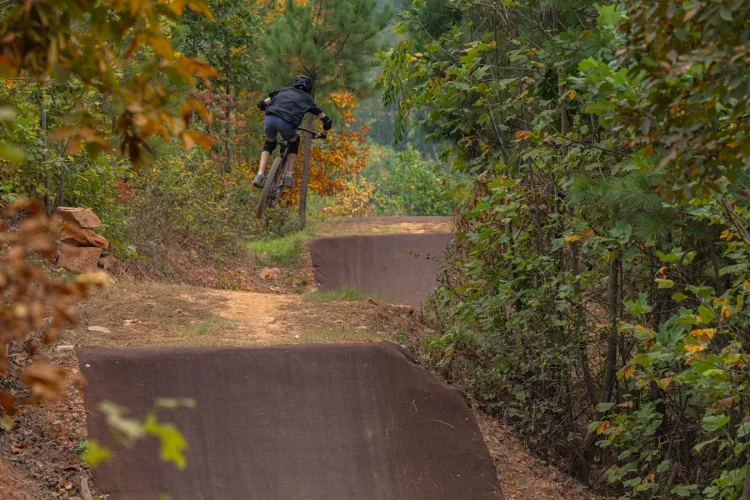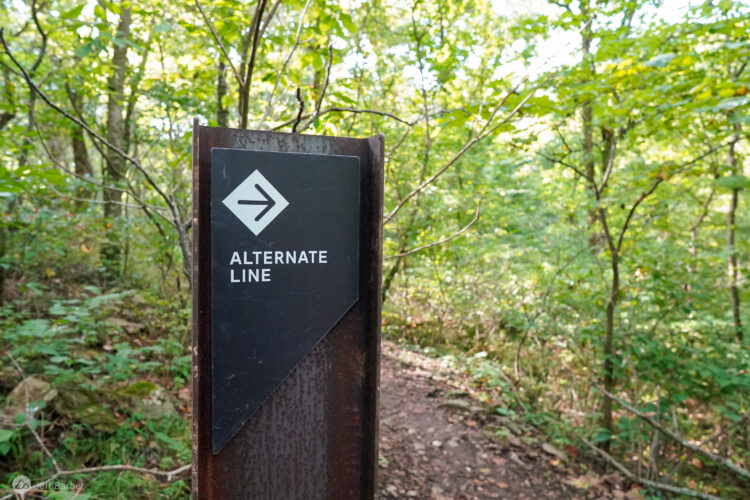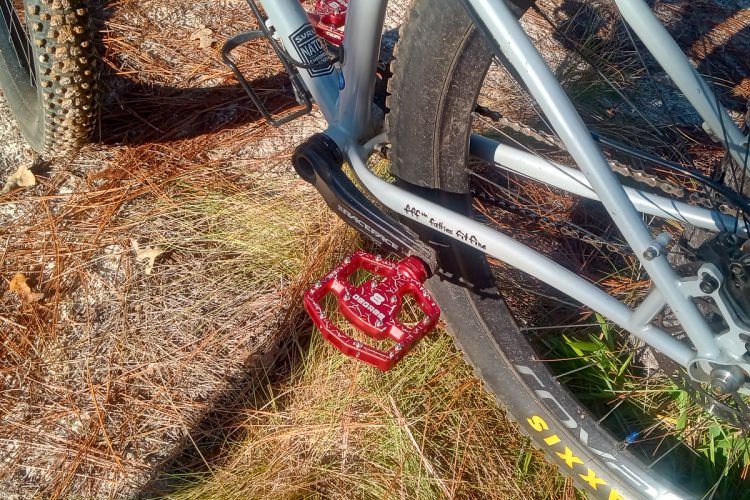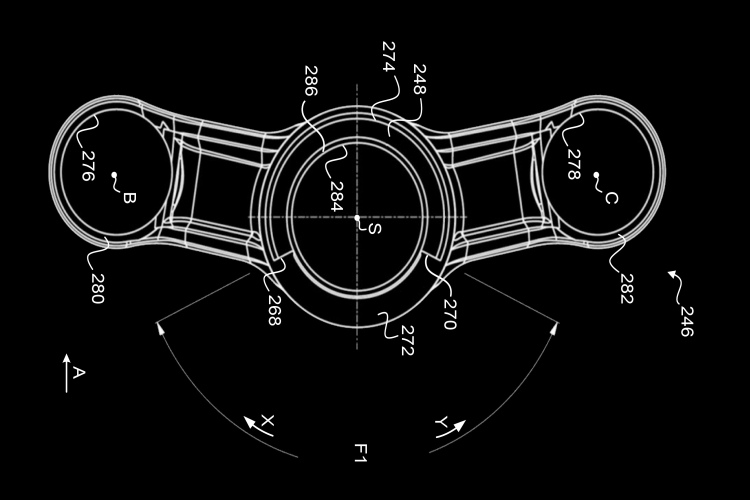
If craft beer and IPAs are synonymous with the post-ride cool down and après, the breakfast burrito is the distant cousin. For anyone who voyages into the mountains early on Saturday or Sunday morning to put in a day of miles, the ease and satisfaction of meat, eggs, and cheese wrapped in a warm and fluffy tortilla can’t be matched.
Breakfast burritos can usually be found at coffee shops – another pre-ride necessity for many. They are satiating, easy to eat with one hand while driving to the trailhead, and have plenty of nutrients to keep you fueled for mile after mile.
Breakfast burritos can have their pitfalls though and can be a detriment to a rider’s athletic performance. I wanted to find out exactly what those downsides were and if the morning cheese and egg wrap could help athletes be faster, like strapping a rocket pack to our backs, or if they are nothing more than a torpedo to the gut.
I reached out to Jen Sommers-Dirks at Active Fueling, a sports nutrition base camp for athletes in the Denver area. Jen is a registered dietician and a certified specialist in sports dietetics, and also a cyclist, skier, and trail runner. She understands the utilitarian nature of the breakfast burrito and gave us the scoop on how everything from potatoes to eggs can affect performance.
Start with carbs

With most breakfast burritos containing a mix of fats, carbs, and protein, it’s important to understand how each macronutrient plays a role in performance. Tortillas, potatoes, and rice make up typical carb sources. Cheese and avocado are high fat add-in options, and eggs or meats like chorizo, sausage, and bacon contain both fats and protein.
“The main thing that you want before a big ride is carbs,” says Jen. “From that perspective, the reason you want carbs is to top off your body’s glycogen stores so you have the energy to get through a big workout. Your body stores carbs as glycogen but your body can only store so much.”
When carbohydrates aren’t used, the body converts them to glucose and then glycogen, which can be stored in muscles or the liver for later use. They store a finite amount, however.
Jen mentioned another common ingredient in breakfast burritos that can be useful for athletes: salt. “The other thing that [burritos] could have which would be beneficial is salt, because you’re going to be sweating a lot, and losing sodium in your sweat. Don’t forget to hydrate too. I know a lot of people grab a breakfast burrito and a coffee, but make sure you get plenty of water, especially if it’s a salty burrito so that you’re starting off hydrated.”
Skip (some) of the good stuff
Tempting as it may be to load up on cheese, chipotle cream, avocado, and chorizo, it’s best to keep the fat sources to a minimum, says Jen.
“Carbohydrates are going to be the main fuel source for the ride. You really need a minimal amount of fat. Any time you exercise your body is […] burning a mix of carbohydrates and fat. Depending on the intensity, it changes the ratio. If it’s a higher intensity you’ll burn more carbs versus a lower intensity, where you’ll burn more fat. That being said, even the leanest athlete has a fair amount of fat that they can access, but you can’t store as many carbs.”
Fat is also tougher for the body to digest, especially in a short amount of time, and unfortunately replacing the bacon with a plant-based fat like avocado won’t help.
“Fat is going to take longer to digest whether it’s a plant-based fat or an animal fat. Even if it was a no-meat burrito but you had avocado, that’s still going to take longer to digest.”
Time it right

Too much fat can also cause gastrointestinal issues if the burrito-eater starts pedaling too quickly. Gas, stomach cramps, and aches are something most of us want to avoid on a long day on the bike. If you do opt for meat on top of eggs and cheese though, try to eat two hours before the ride.
“Ideally, you want to eat something 1-2 hours before you start the exercise so you have time to digest it. If you were to eat a giant burrito and jump on the bike a half an hour later, your gut could feel heavy or you could have cramps or feel off because you haven’t digested that food yet.”
Issues can vary depending on the person, the amount of time it takes to digest, and what’s in the burrito. That said, maybe go for the half-size instead of the full if there’s an option.
“You don’t necessarily need a 1,000 calorie full size breakfast burrito before a ride,” says Jen. “Really something like half that size would be enough. I think a lot of people think they need a ton of fuel before a big workout and that’s not necessarily the case. Because you should also be eating on the ride and you should be bringing snacks on the ride too and refueling and hydrating as you ride.”
Keep it fresh
Lastly, though it may be convenient to run into the gas station while filling the car up, try to find somewhere that makes their burritos fresh, instead of the foil-wrapped ones in the heated plexiglass cube at the 7-11. Those are made with more ingredients than most people want.
“The fresher the better. The gas station burritos are going to be have more preservatives and artificial stuff,” says Jen. “You just don’t need them.”
Thanks to Jen Sommers-Dirks and Active Fueling for chatting with us about breakfast burritos. Now, who makes the best burritos in your riding area?











1 Comments
Nov 19, 2020